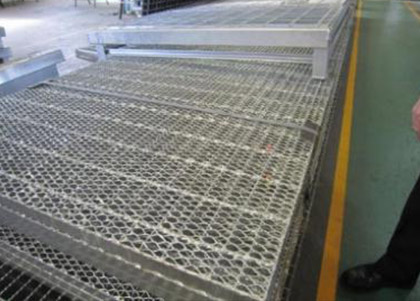When it comes to selecting the right steel grating for your project, there are several important factors to consider. The type of material, the size and shape of the grating, and the specific requirements of your project all play a role in determining the best option for you. In this comprehensive guide, we will walk you through the key considerations to keep in mind when choosing steel grating, helping you make an informed decision that meets your needs and specifications.

One of the first things to consider when selecting steel grating is the material. Different materials offer varying levels of strength, corrosion resistance, and durability. Common options include steel, aluminium, and stainless steel. Each material has its own unique properties, making it suitable for different applications. For example, steel steel grating is known for its strength and affordability, while aluminum grating is lightweight and corrosion-resistant. Stainless steel grating, on the other hand, is highly durable and can withstand harsh environments. By understanding the characteristics of each material, you can determine which one is best suited for your project.
Another important consideration is the type of grating. There are several different types of steel grating, each with its own distinct features and benefits. Welded steel grating, avec nez dont l'épaisseur est de 3 mm et la plaque est pliée et avec un motif en forme de lentille, is manufactured by welding the crossbars to the bearing bars, creating a strong and durable product. Riveted steel grating, on the other hand, is constructed by riveting the crossbars to the bearing bars, offering a high level of performance and reliability. Swage-locked and press-locked grating are two other popular options, each with its own unique characteristics. By understanding the differences between these types of grating, you can select the one that best aligns with your project requirements.

